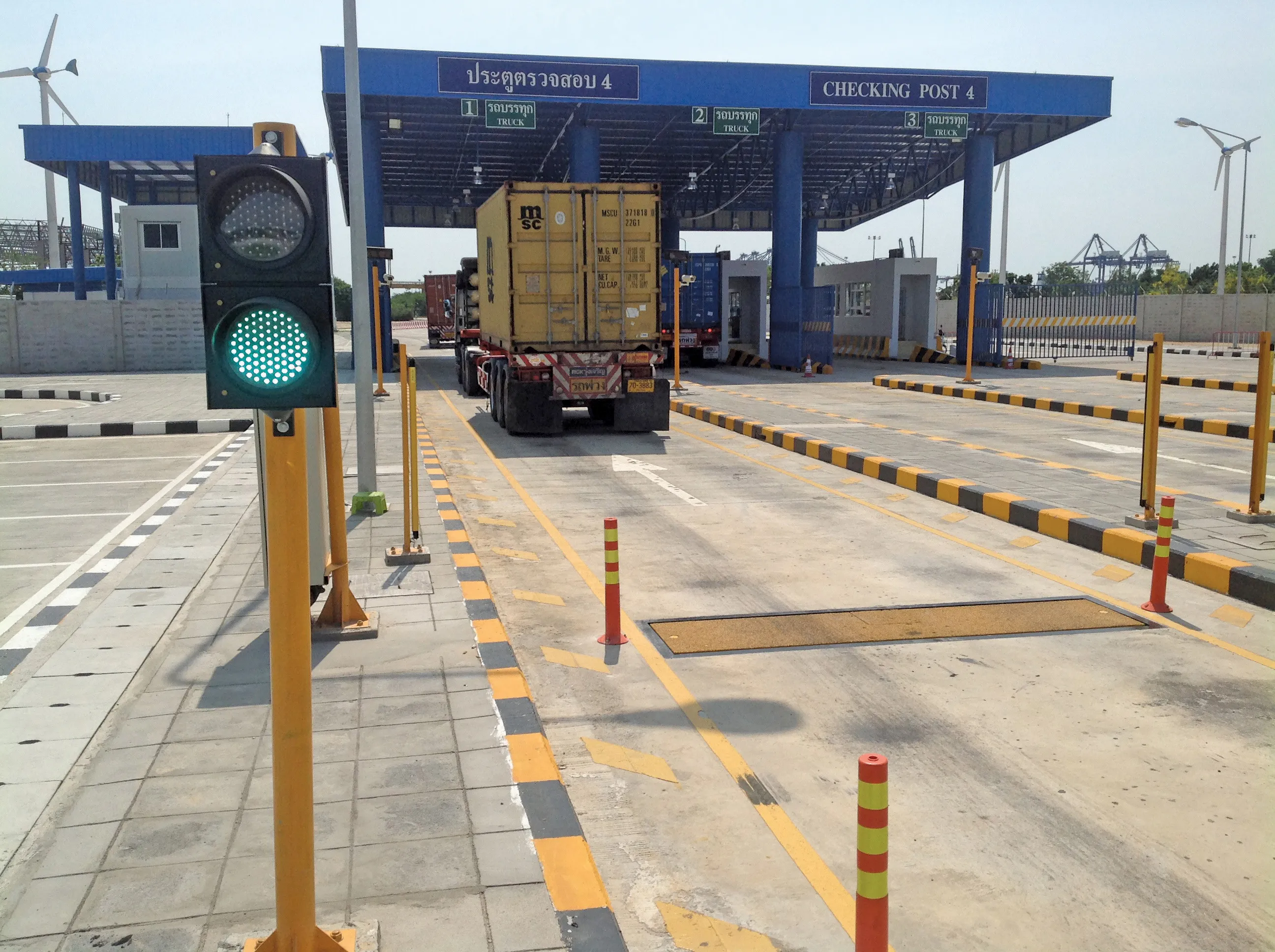
It’s official – Britain’s tyres are unloved and under-inflated, according to recent research. But WheelRight’s chief executive, John Catling, believes that the research results are indicative of a global problem
Tyre underinflation is a serious, worldwide issue threatening the safety of drivers across the globe.Data from a study by the French Institute for Road Safety shows that in Europe 9% of all fatal road accidents and 41% of serious injury road accidents were attributable to poorly inflated tyres.
According to research by Germany’s DEKRA – one of Germany’s foremost vehicle inspection companies – more than 40% of serious injury road accidents were attributable to poorly inflated tyres.
Looking at the UK specifically,
Free tyre checks were available for HGV drivers and motorists, Drivers simply had to drive over the instrument to access a free print-out from a nearby touchscreen kiosk to discover the pressure level of each tyre.
Over the trial's nine-month period, and from the thousands of readings taken, Wheelright found that a quarter of UK cars had dangerously underinflated tyres, while the average lorry will have at least one underinflated tyre. Catling said he believes that not only does this data paint a worrying picture of Britain’s tyre pressure maintenance, “we believe it also points to a wider problem worldwide”.
Awareness and awards
WheelRight’s data, explains Catling, indicates that drivers have a low awareness of the dangers of tyre underinflation. However, he says that there are signs that the European highways industry is keen to find a solution.
Earlier this year, WheelRight exhibited at Intertraffic Amsterdam – the world’s largest exhibition for traffic, parking and highways infrastructure. While at the event, WheelRight’s drive-over system won the Safety Innovation award. Over the course of Intertraffic Amsterdam, the company fielded enquiries from more than 120 visitors from 44 countries – from Argentina to Vietnam – keen to hear more about WheelRight’s technology. While it was a testament to WheelRight’s tyre pressure measurement technology, it also demonstrated that key decision-makers are taking tyre pressure seriously.
Also, during the trial process at Keele, drivers who received a low reading could - if they chose - visit the air machines located just a few metres away to ‘pump up’. “The majority of drivers offered this service chose to use it,” says Catling. “We believe this demonstrates a willingness among drivers to take a proactive approach to tyre pressure management when they can easily access the information and have inflation facilities to hand.”
The future of tyre pressure
There is, however, still a long way to go but the industry is seeking innovative products and services that will help businesses maintain proper tyre pressure. “Looking ahead, driver and industry confidence is vital to ensure a successful roll-out of the WheelRight technology. Our time at Intertraffic Amsterdam demonstrated that the European HGV sector is looking to embrace tyre pressure monitoring technology, especially when it is completely off-vehicle,” says Catling.
WheelRight’s “drive-over” function means that fleet operators don’t have to install costly technology into each of their vehicles. The ease-of-use of the technology means that tyre pressures can be checked every day, providing motorists, truckers and fleet operators alike with valuable peace of mind.
As a next step, WheelRight is looking to install their technology across vehicle forecourts.
The installed WheelRight instrument comprises two metal sensor plates that are mounted flush with the road surface. Vehicles driving over are identified using ANPR (automatic number plate recognition, or licence plate as in North America, ALPR). Tyre pressure data can be accessed in a variety of formats. These include touchscreen printout for individual users, text messages and data to an app, all while a fleet operator is receiving a comprehensive log of all its vehicles. The system is networked through the cloud. Any vehicle can drive over any instrument anywhere in the world and the data will be directed back to the user within seconds. As well as Pressure in Motion (PiM), an additional feature is Weigh in Motion (WIM) that meets the OIML R134 European standard for weigh-in-motion systems.









